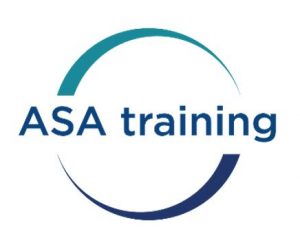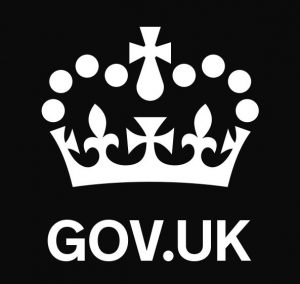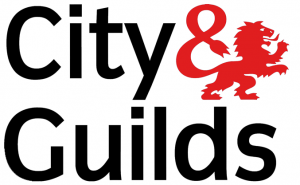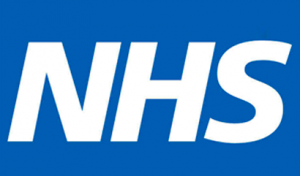All dental professionals have a professional responsibility to report any treatment or behaviour which might pose a risk to patients or colleagues.
A key part of this is ensuring that there is a culture of openness and honesty. Raising a concern should be input that is welcomed rather than tolerated. It is vital that staff raising a concern are listened to and that the information is acted upon. This type of environment benefits patients, colleagues, and the wider health service.
This policy should be used in line with the Safeguarding and Whistleblowing policies.
If a learner feels that a patient is at risk, then they should follow the guidelines outlined below:
- Is the patient at risk? If so, why? Learner records the reasons why they feel a patient is at risk.
- Learner reports (in writing) that a patient is at risk to their Educational Practitioner.
- Educational practitioner reports the concerns to the Head of Quality & Apprenticeships.
- Head of Quality & Apprenticeships investigates the concerns of the learner. If the issue is deemed “patient at risk” then the whistleblowing policy will be followed.
| Risk Level | Examples |
| Low | Unsatisfactory service or experience not directly related to patient care. No impact or risk to provision of care. Usually single resolvable issue. No risk of litigation. |
| Medium | Service or experience below reasonable expectation in several ways but not causing lasting problems. Has the potential to impact on service provision. Some potential for litigation. |
| High | Significant issues of standards, quality of care, or denial of rights. Possibility of litigation OR a matter that is categorised as a Serious Incident (SI) requiring a Root Cause Analysis Investigation Report. Issues regarding long term damage, grossly substandard care, professional misconduct, or death. Serious patient safety issues. Probability of litigation is high. |
Clinical/Technical
If a learner feels that they are at risk from clinical or technical issues, we have a duty of care to record this.
| Clinical
|
Ø Needlestick injuries
Ø Other sharps injuries Ø Solutions to eye Ø Slips, trips, falls
Any accident that requires a record within the Practice Accident Book should also be reported to us and we must also keep a record (using attached record log).
|
| Technical
|
Ø Equipment failure |
Process:
- Educational Practitioner to discuss with learner, at every appointment, if there have been any accidents or incidents that have been logged since their last appointment.
- Educational Practitioner records the details of accident/incident, before emailing the details to Head of Quality & Apprenticeships.
- Head of Quality & Apprenticeships adds the accident/incident to ASA Training log.
Log below.
Accident/Incident Log
| Name of learner & Registration Number
|
Name of educational practitioner
|
Date of incident | Date recorded | Accident/Incident | Procedure followed? |







